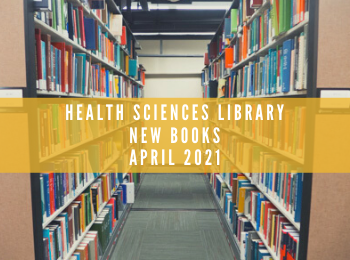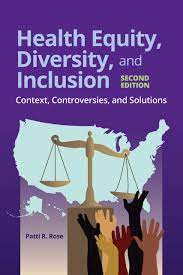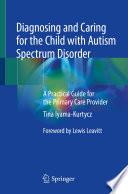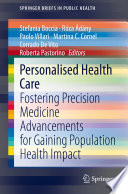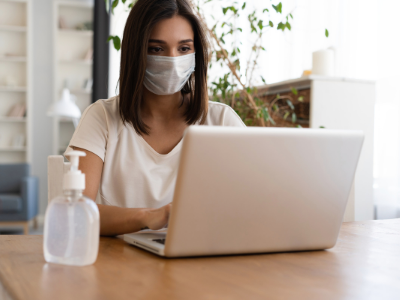Each month we provide an overview of University of Missouri School of Medicine faculty-authored articles in medicine and related fields as well as a featured article with the highest journal impact factor.
In April 2021 we are featuring two articles:
- Dr. James Stevermer of the Department of Family & Community Medicine had another USPSTF guideline, Screening for Vitamin D Deficiency in Adults: US Preventive Services Task Force Recommendation Statement, published in JAMA (impact factor of 45.540 in 2019)
- “Obesity, Adipose Tissue and Vascular Dysfunction” , was co-authored by Dr. Michael Hill and Dr. James Sowers of the Department of Medical Pharmacology and Physiology. The article was published in Circulation Research (impact factor of 14.467 in 2019).
See the list of publications in medicine and related fields we retrieved for this month: https://library.muhealth.org/code/facultypubmonthly/faculty_publications.php?Month=April&Year=2021
*This list is not intended to be comprehensive. Did we miss something? Email asklibrary@health.missouri.edu and we will add your publication to the list.



